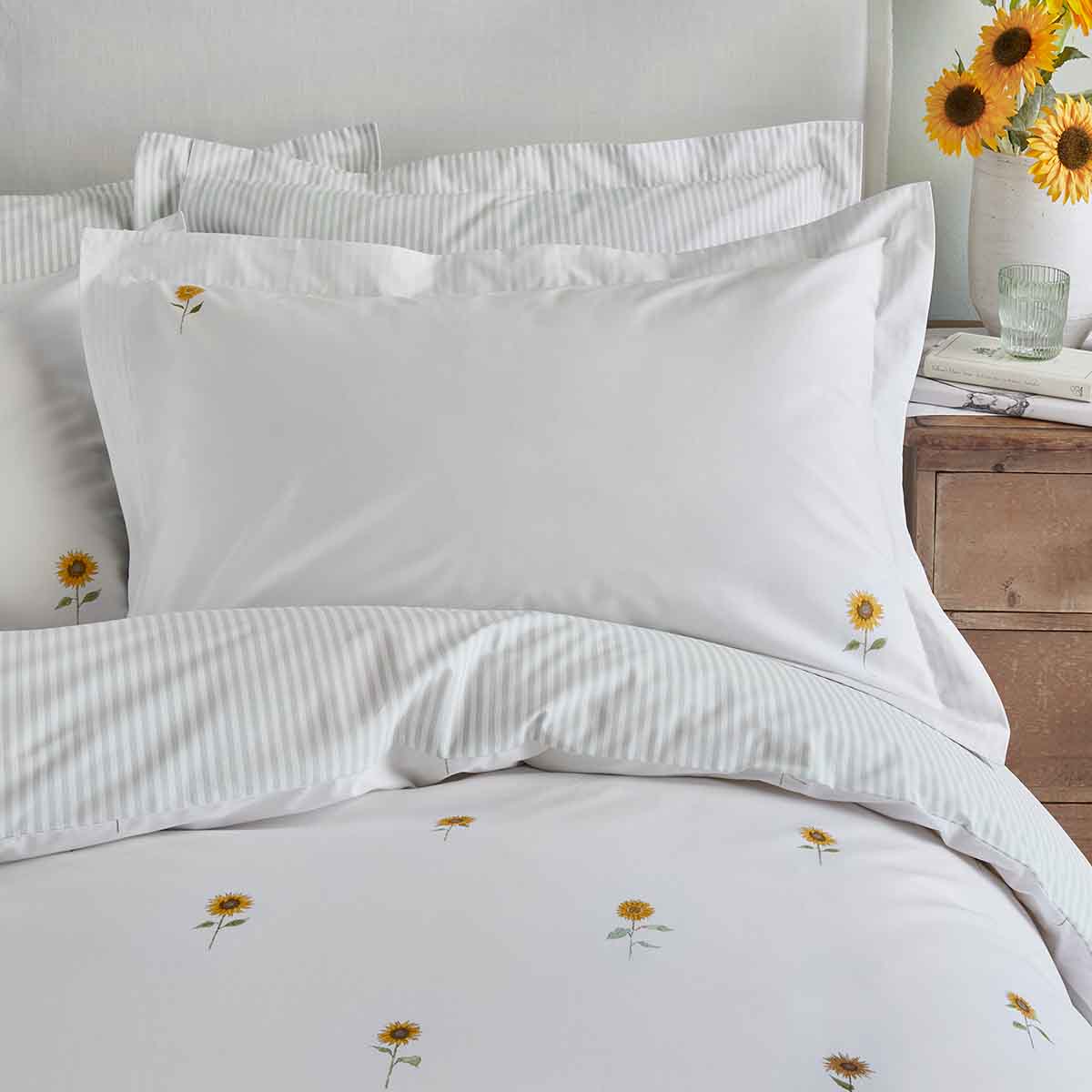It's a love-hate relationship. We love beautifully seamless and wrinkle-free clothes, and actually, we quite enjoy an afternoon of ironing – it’s somewhat therapeutic. The dreaded part is gearing yourself up and starting. Having essential and practical laundry accessories that look pretty, certainly helps! To make things easier, we’re sharing our simple guide on how to iron the right way.

What you need:
- Iron
- Ironing Board and cover
- Water
- Clothes hangers
Ironing preparation
Clothing items, kitchen linens, bedding and garments are usually made of lots of different materials which have different care guides. Before getting started, read your care label and ensure your fabric is suitable for ironing. Some items are dry-iron only, and you will want to avoid using any steam or water with these items. A simple guide to follow for temperature and heat setting recommendations includes:
- Low-temperature: Nylons, acetate and acrylic
- Medium-temperature: Polyester, satin, wool and silk
- High-temperature: Cotton, denim and linen
We like to organise our fabrics into three different piles: cool, medium and hot. Work from the coolest to the hottest pile to prevent any accidental melting.
Before you start, ensure that your iron plate is clean and that the tank is filled with water. If your iron is dirty, then clean your iron with a damp paper towel and baking soda - it is great for cleaning and is less likely to scratch.
Set up your ironing board. Make sure it’s at the correct height for your height, and that it’s stable and secure. We love these ironing board covers that are covered in Sophie's timeless designs. They fit boards up to 125cm in length and 46cm in width and the practical drawstring pulls them tight around the board. They also have a 6mm heat resistance padded foam, making the perfect for steaming.
Don’t forget to listen to your favourite music, podcast, or audiobook – it’ll make time go by quicker.

How to iron clothes
-
Iron your clothes when they are damp. If tumble drying clothes, ensure you dry them on the iron setting – this will leave them slightly damp. You can add dampness to clothes by sprinkling them lightly with water. Ironing clothes whilst they are damp makes it easier to get creases out.
-
We recommend ironing clothing inside out. This will prevent shine from appearing on the front of the fabric and ensure you don’t damage or melt any specific features like embroidery or crush any materials that are textured, like velvet.
-
Lay your clothes flat on the ironing board so they are as wrinkle-free as possible, then press firmly on your iron and run this slowly over the fabric, smoothing over any creases that shouldn’t be there.
-
Use smooth and straight strokes, avoiding circular motions, as this can stretch the material. Iron the piece of clothing in sections - start on the sleeves, move across to the shoulders, and then go over the front. Don’t forget to do both sides of the clothing, ensuring the front and back are seamless.
-
It’s important to remember not to keep the iron in one spot for too long, this can cause burn marks. Simply iron once and then if there are still wrinkles, come back to it.
-
Focus on those features. For clothing features that are of a thicker material like pockets, hems, or collars, always iron on the inside first and then smooth over on the outside. This will cover all stubborn creases and wrinkles and leave a seamless look. These stiffer materials may be easy after being steamed as it will help uncurl any lifted edges.
-
Ensure that you hang clothes immediately – this will help keep them looking freshly pressed whilst hanging in your wardrobe.
- Bedsheets and bed linens can be difficult to iron but it’s not impossible. There is something about freshly washed and freshly ironed sheets. We recommend ironing your bedding whilst it’s still slightly damp after washing.
- Folding your sheets lengthways into quarters will make it much easier to manage.
- Work through each section, pressing firmly on your iron and running this slowly over the fabric, smoothing over any creases that shouldn’t be there. Remember to do the reverse of the bedsheets too.
- After, fold your bedsheets neatly away. Here are our top tips for how to fold your bedsheets. Folding Fitted Sheets: Fold the sheet in two, tucking the elastic corners together, and then lay it out in a rectangular shape. Folding Bed Sheets: Divide the sheet into thirds lengthwise and then width wise. Make the bed sheets the same size as the fitted sheet and stack them together. Folding Pillow Cases: Finally, fold the pillowcase, making it the same width as the other folded sheets, and wrap the whole thing up for a neat presentation. Place a tumble dryer sheet between your folded sheets to keep them smelling fresh.
These are our top tips, but we’d love to hear yours. Let us know in the comments below.



